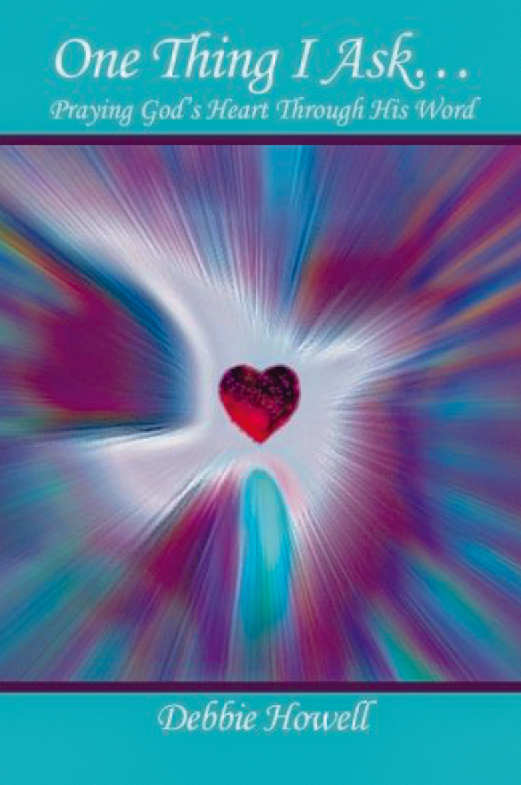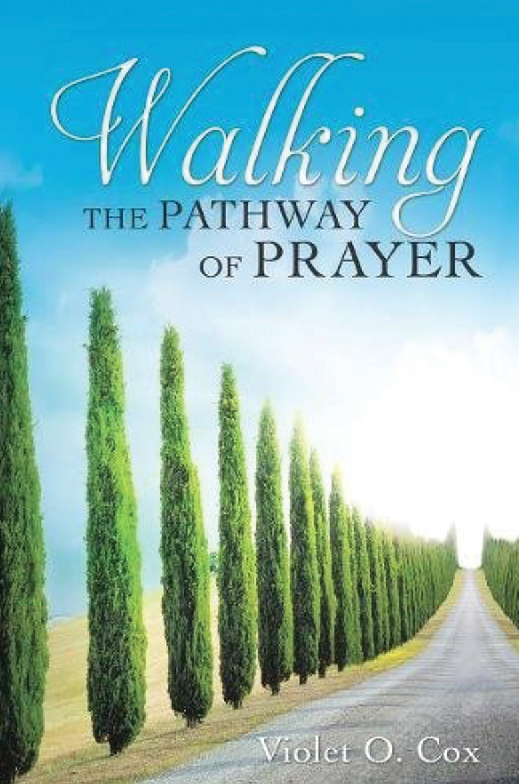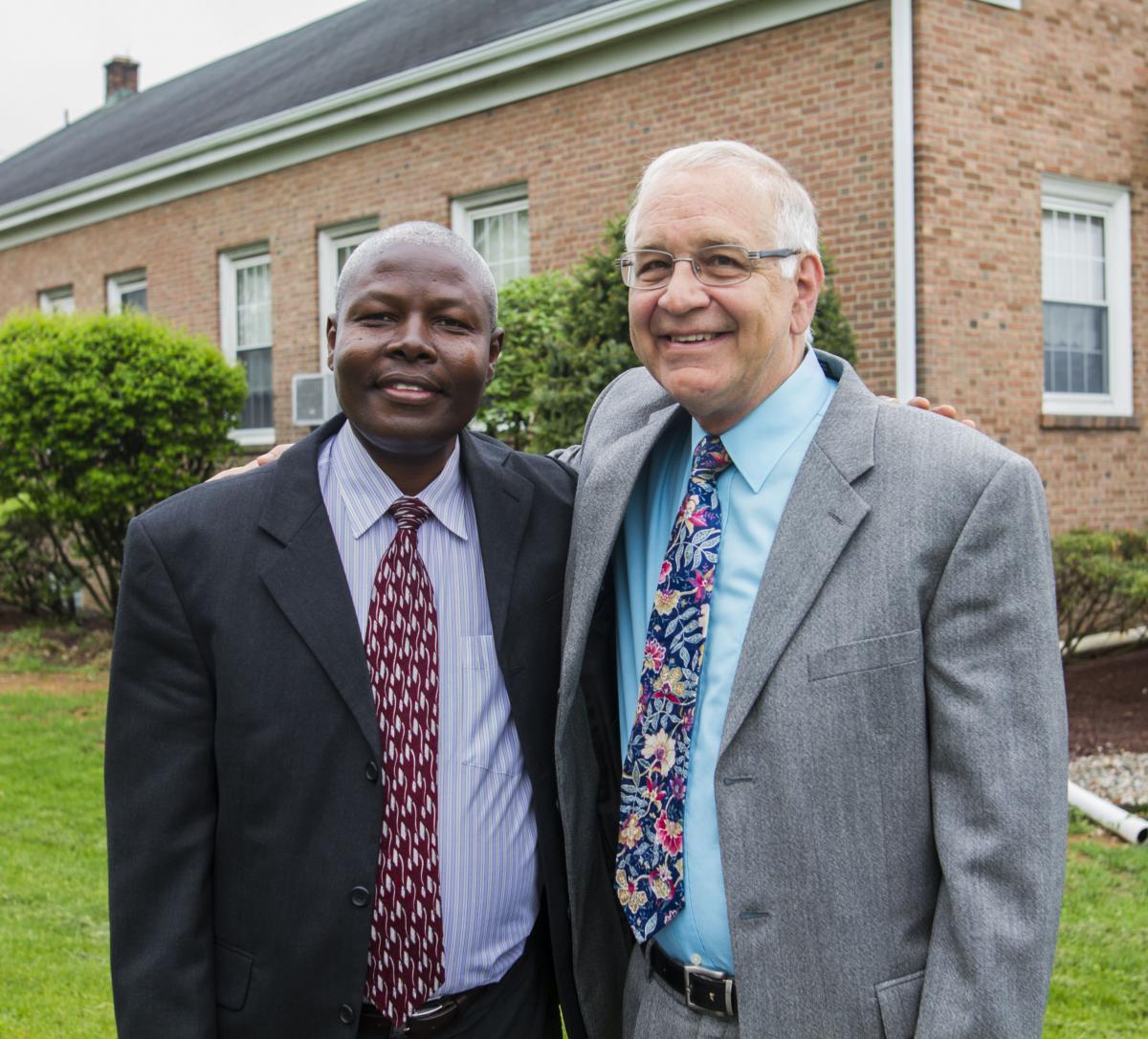Did you know that Asia has replaced Latin America (including Mexico) as the biggest source of new immigrants to the U.S.? This and nine other trends highlighted by the Pew Research Center below are shaping the demographics of the U.S. Read more here.
1. “Americans are more racially and ethnically diverse than in the past, and the U.S. is projected to be even more diverse in the coming decades.” Studies find that by 2055, the U.S. will not have a single racial or ethnic majority.



 nterview by V. Michelle Bernard
nterview by V. Michelle Bernard
 In her book, Walking the Pathway of Prayer, Violet Cox, Prayer Ministries director for the Allegheny West Conference, invites readers to journey with her and discover a more meaningful prayer life.
In her book, Walking the Pathway of Prayer, Violet Cox, Prayer Ministries director for the Allegheny West Conference, invites readers to journey with her and discover a more meaningful prayer life.

 Story by Edwin Manuel Garcia/ Images by Brian Tagalog, Kristi Rutt, Marving Alegria, Goodness Mcfiberesima and Tracey Brown
Story by Edwin Manuel Garcia/ Images by Brian Tagalog, Kristi Rutt, Marving Alegria, Goodness Mcfiberesima and Tracey Brown